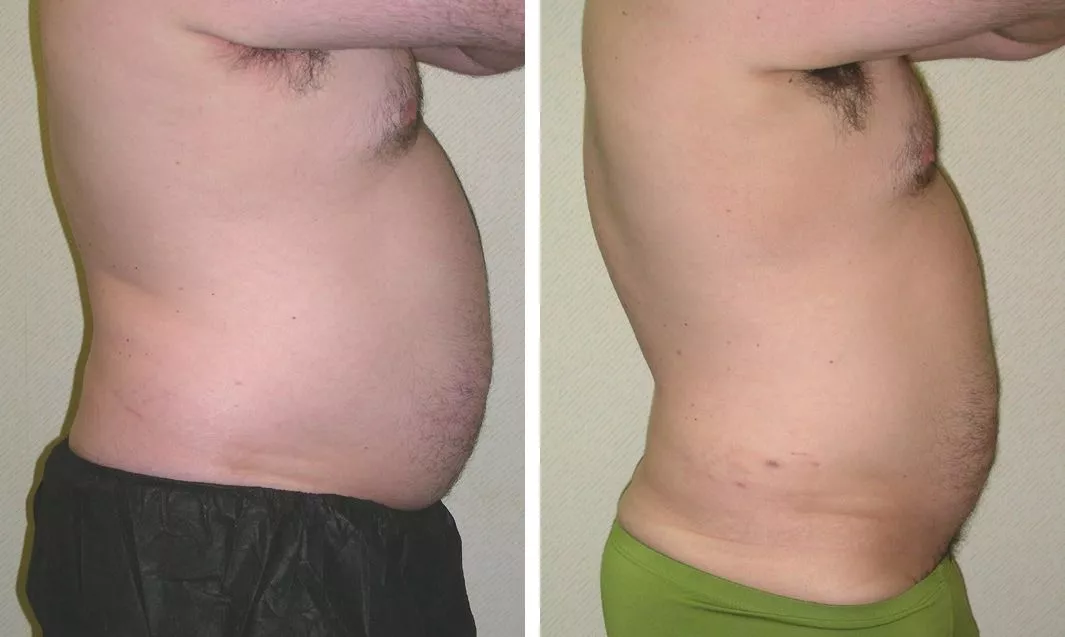If, when you look in the mirror, you find yourself confronted with stubborn areas of fat that have refused to respond to diet and exercise, you may want to consider one of several liposuction procedures.
Liposuction is a popular and effective surgical procedure used to remove fat and sculpt the body. Either by themselves or in conjunction with other cosmetic procedures, liposuction procedures can shape the human form from cheeks to ankles.
Four types of liposuction procedures are in common use. Your plastic surgeon will select the one that works best for your situation.
First, we should define a couple of terms.
Liposuction: Liposuction, also called lipoplasty, liposculpture, or simply lipo, is a type of cosmetic surgery that breaks up and sucks out fat (lipo means ‘fat’) from specifically targeted parts of the body. The areas usually addressed with a liposuction procedure are the chin, neck, upper back, arms, abdomen, “love handles”, thighs, buttocks, back, and calves.
Liposuction procedures can also be performed as part of another cosmetic procedure, such as a tummy tuck, mommy makeover, arm lift, or face lift

Tumescent suction-assisted liposuction (SAL) of the abdomen and waist line.
Tumescent: The word tumescent means swollen and firm. Tumescent is the name of a technique for local anesthesia. Large volumes of dilute lidocaine (a local anesthetic), and epinephrine (a drug that shrinks capillaries) are injected into the targeted area of fat beneath the skin.
With the tumescent technique, the volume of dilute lidocaine that is injected into fat is so large that the targeted area literally becomes tumescent (swollen and firm). This produces profound and long-lasting local anesthesia of the skin and subcutaneous (meaning situated below the skin) fat.
Traditional Suction Assisted Liposuction
Traditional suction assisted liposuction designates a form of liposuction that uses tumescent anesthesia and a cannula to remove fat. The cannula is attached to a suction machine to “vacuum” the unwanted fat. This is a major development in liposuction in that with this technique large areas of fat can be addressed without the need to place the patient under general anesthesia. Often, sedation anesthesia is used.
Tumescent and suction assisted liposuction involves both the anesthesia technique of tumescence and the suction principle of traditional liposuction.
During this technique, first the tumescent anesthetic is injected into the area to be treated, where it anesthetizes the entire location, restricts the blood vessels, and causes the fat cells to swell, making the fat tissue easier to remove.
After the tumescent mixture does its part, the plastic surgeon inserts a cannula (a small, very thin tube that is connected to a suction machine) into the layer of fat. Using back and forth motions, the plastic surgeon manipulates the cannula to suck the fat out into a collection container.
At the end of the liposuction procedures, the plastic surgeon places an elastic compression garment over the section of the body that was just treated. The patient wears this to help the skin contract and heal.
Tumescent liposuction is the “gold standard” of liposuction.
Tumescent liposuction is better tolerated by patients and carries a much lower risk of complications than previous techniques. With this technique there is less bleeding, patients heal quicker, and experience less pain, bruising and post-operative downtime.
Power Assisted Liposuction (PAL)
Power-assisted liposuction was created due to the difficulty often involved in moving the narrow liposuction tubes (cannulas) to eliminate all the targeted fat tissue. Power-assisted liposuction uses the basic technique of tumescent liposuction, but has vibrating cannulas that assist in removing the fat cells more quickly and with less effort on the part of the surgeon.
The specially powered cannula produces tiny, rapid vibrations (about 5,000 times a minute) from its tip, to break up fat cells. This liposuction procedure allows the plastic surgeon to remove fat with controlled, smooth and precise motions. The vibrations help to break down fat cells so more fat can be removed than with other techniques and it does so while causing less discomfort for the patient and less post operative bruising.
This liposuction procedure is especially useful for treating difficult areas such as the inner thighs, belly button area and male breasts.
Power assisted liposuction can be performed with local anesthesia on an outpatient basis. The procedure can take about 2 to 3 hours, depending on the area to be treated.
The patient can normally return to work in about 4 days or less, but should avoid vigorous activities for at least 2-3 weeks. Soreness can last for a few weeks after the procedure. Swelling and bruising should go away within 7 days.
Common side effects connected with this liposuction procedure include swelling, bruising, small, well-hidden scars, and some numbness and itching in the area that was treated. These side effects are typical for all liposuction procedures.
Ultrasound Assisted Liposuction (UAL)
The fat in some areas of the body tends to be denser and more difficult to remove; these areas include the upper back, male breast area, calves, knees and ankles. The firmness of these fatty deposits makes liposuction in these locations more difficult. This is where ultrasound assisted liposuction (UAL) can be of help.
The liposuction procedure involves the use of ultrasonic energy, or high-pitched sound waves, to break down the fat cells into a more liquid state. A small probe is inserted through small incisions in the skin. Once correctly placed the probe emits its ultrasound into the site, thereby liquefying the fat making it available for removal via the normal liposuction process.
Using the ultrasound assisted liposuction procedures takes a bit longer than traditional liposuction, but has the added advantages of allowing for more precision and of tightening the skin to some degree during the process.
This type of liposuction procedure can be performed under sedation, general or local anesthesia. You plastic surgeon will go over these options with you.
The length of time required to complete the procedure depends on how much fat is being removed.
You should be ready to return to work in about 4 days or less. Vigorous activity should be avoided for at least 2-3 weeks. Swelling and bruising normally disappear within 7 days. Soreness may last for a few weeks, lessening over time.
Common side effects connected with ultrasound assisted liposuction include swelling, bruising, small, well-hidden scars, and some numbness and itching in the area that was treated. UAL can result in burns to the skin especially if the surgeon is not experienced in liposuction procedures.
Laser Assisted Liposuction (LAL)
Another newer type of liposuction procedure is called SmartLipo™ laser liposuction. During this minimally invasive technique, your plastic surgeon inserts a very thin cannula containing a special laser into the targeted area to liquefy the fat cells. Once broken down this way, the fat can be easily removed with traditional liposuction.
Laser assisted liposuction is low-risk and involves very short recovery time.
The action of the laser may also stimulate the production of collagen and can help to increase the firmness and overall appearance of the skin.
Laser assisted liposuction can be performed with local anesthesia and is performed on an outpatient basis. The procedure can take about 2 to 3 hours, depending on the area to be treated.
The patient can normally return to work in about 4 days or less, but should avoid vigorous activities for at least 2-3 weeks. Swelling and bruising should go away within 7 days. Soreness can last for a few weeks.
Common side effects connected with laser assisted liposuction include swelling, bruising, small, well-hidden scars, and some numbness and itching in the area that was treated. LAL can result in burns to the skin especially if the surgeon is not experienced in liposuction procedures.
Here are a few questions we are frequently asked by patients considering a liposuction procedure.
Am I a good candidate for liposuction?
If you are in good health and have stubborn pockets of fat that do not go away with diet and exercise, you are likely an excellent candidate for liposuction.
How many incisions will you need to make and how large will they be?
The number of incisions to be made will depend on the size of the treatment area. However, each incision is quite small; about 5 mm in length. Each is closed with dissolving sutures at the completion of the procedure.
How long do liposuction procedures take?
Liposuction, if performed alone, can take anywhere from 1 hour to 3 hours, depending on the size of the treatment area, number of locations to be targeted and type of liposuction procedure the plastic surgeon is performing.
What kind of anesthesia will be used?
Liposuction is typically performed either under sedation, general or local anesthesia. This depends on several factors including the type of liposuction you will receive and the size of the treatment area. Your plastic surgeon will go over this decision with you before your liposuction procedures.
How do I prepare for surgery?
Our plastic surgery team will discuss the specifics of what you need to do and not do in the days leading up to your liposuction. It is vital you tell your plastic surgeon about all medications, drugs, and supplements you’re taking. Some will need to be avoided in order to ensure your safety during your liposuction procedure. Don’t stop taking any prescribed medication without first discussing this with your doctor.
What will recovery from my liposuction procedures be like?
In the days following your surgery, you should expect to have some soreness, swelling, numbness, and some other temporary changes in sensation. You will be asked to wear a tight post-operative garment following surgery to help your body heal. Typically, you can expect to return to work within a week after your procedure, as long as your job does not require strenuous activity. Soreness will likely last for several weeks.
Be sure to arrange for a responsible adult to drive you to and from your surgery and to stay with you the night following your procedure.
Liposuction permanently removes fat cells from the body.
Which is the best type of liposuction procedure for you? It will be the one you and your plastic surgeon decide upon. The most important factor in your decision must be your choice of plastic surgeon. You need a skilled, highly trained, board certified surgeon with whom you can communicate and whom you trust. I invite you call the center and schedule a consultation. We can go over these different types of liposuction together and choose the right one for you as we work out a surgical plan.
